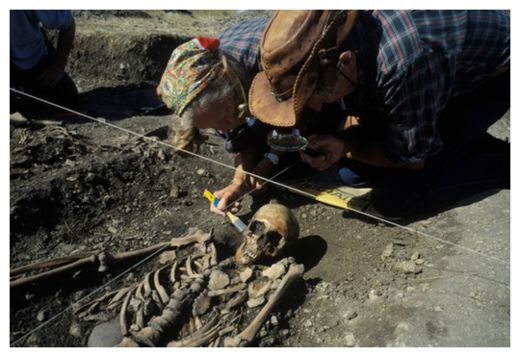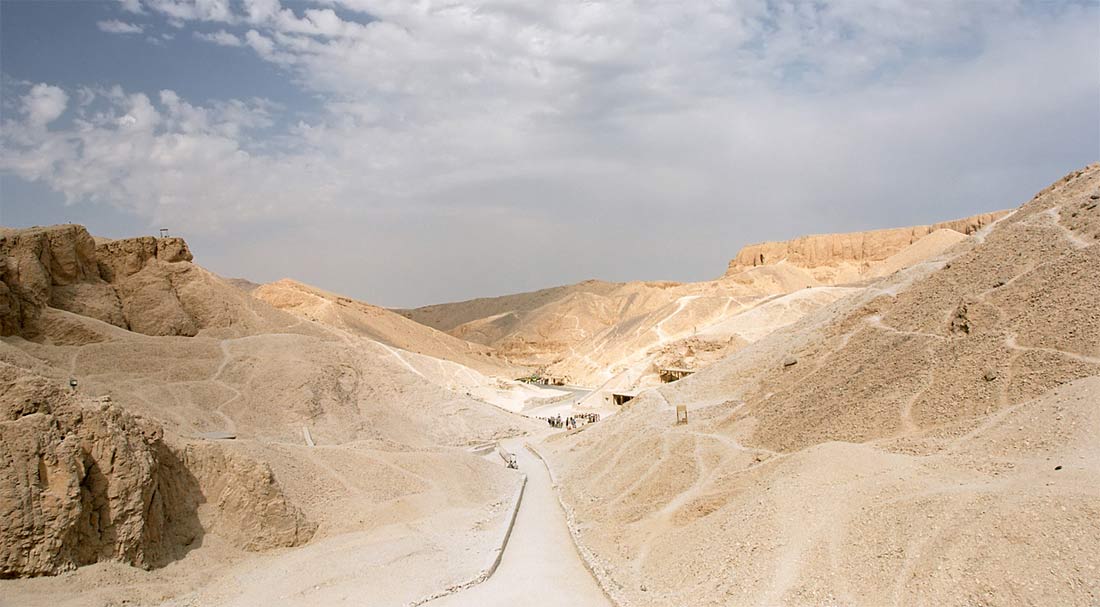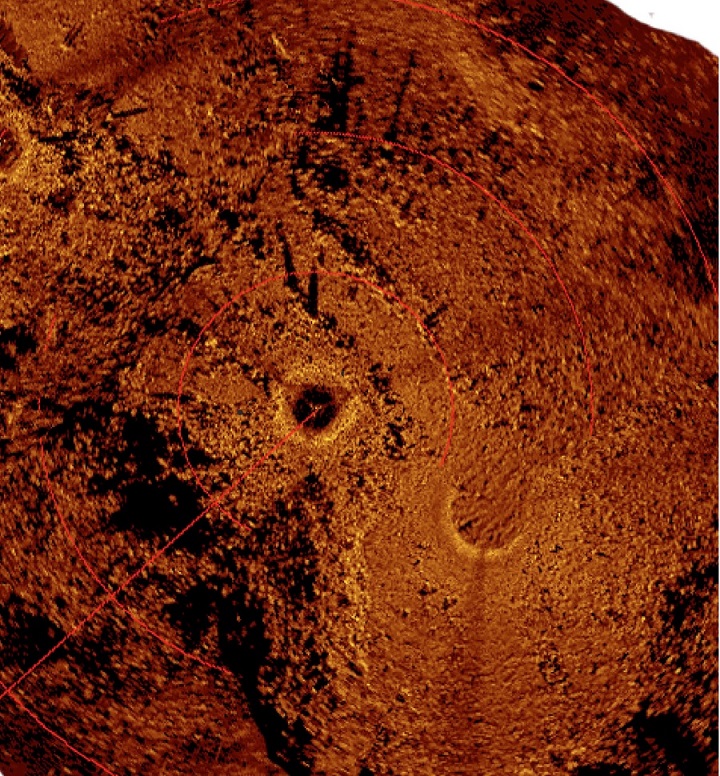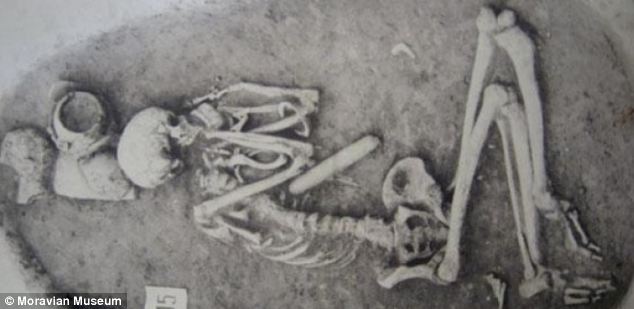
© Göran BurenhultThis image shows osteologists Ove och Evy Persson at Ajvide, Gotland, Sweden, 1983. The skeleton from a young woman dated to 2700 BC.
An international team led by researchers at Uppsala University and Stockholm University reports a breakthrough on understanding the demographic history of Stone-Age humans. A genomic analysis of eleven Stone-Age human remains from Scandinavia revealed that expanding Stone-age farmers assimilated local hunter-gatherers and that the hunter-gatherers were historically in lower numbers than the farmers. The
study is published today, ahead of print, in the journal
Science.
The transition between a hunting-gathering lifestyle and a farming lifestyle has been debated for a century. As scientists learned to work with DNA from ancient human material, a complete new way to learn about the people in that period opened up. But even so, prehistoric population structure associated with the transition to an agricultural lifestyle in Europe remains poorly understood.
"For many of the most interesting questions, DNA-information from people today just doesn't cut it, the best way to learn about ancient history is to analyze direct data - despite the challenges," says
Dr. Pontus Skoglund of Uppsala University, now at Harvard University, and one of the lead authors of the study.
"We have generated genomic data from the largest number of ancient individuals," says Dr. Helena Malmström of Uppsala University and one of the lead authors. "The eleven Stone-Age human remains were between 5,000 and 7,000 years old and associated with hunter-gatherer or farmer life-styles," says Helena Malmström.
Anders Götherström, who led the
Stockholm University team, is satisfied with the amount of DNA that they could retrieve.
"Not only were we able to generate DNA from several individuals, but we did get a lot of it. In some cases we got the equivalent of draft genomes. A population genomic study on this level with a material of this age has never been done before as far as I know."




